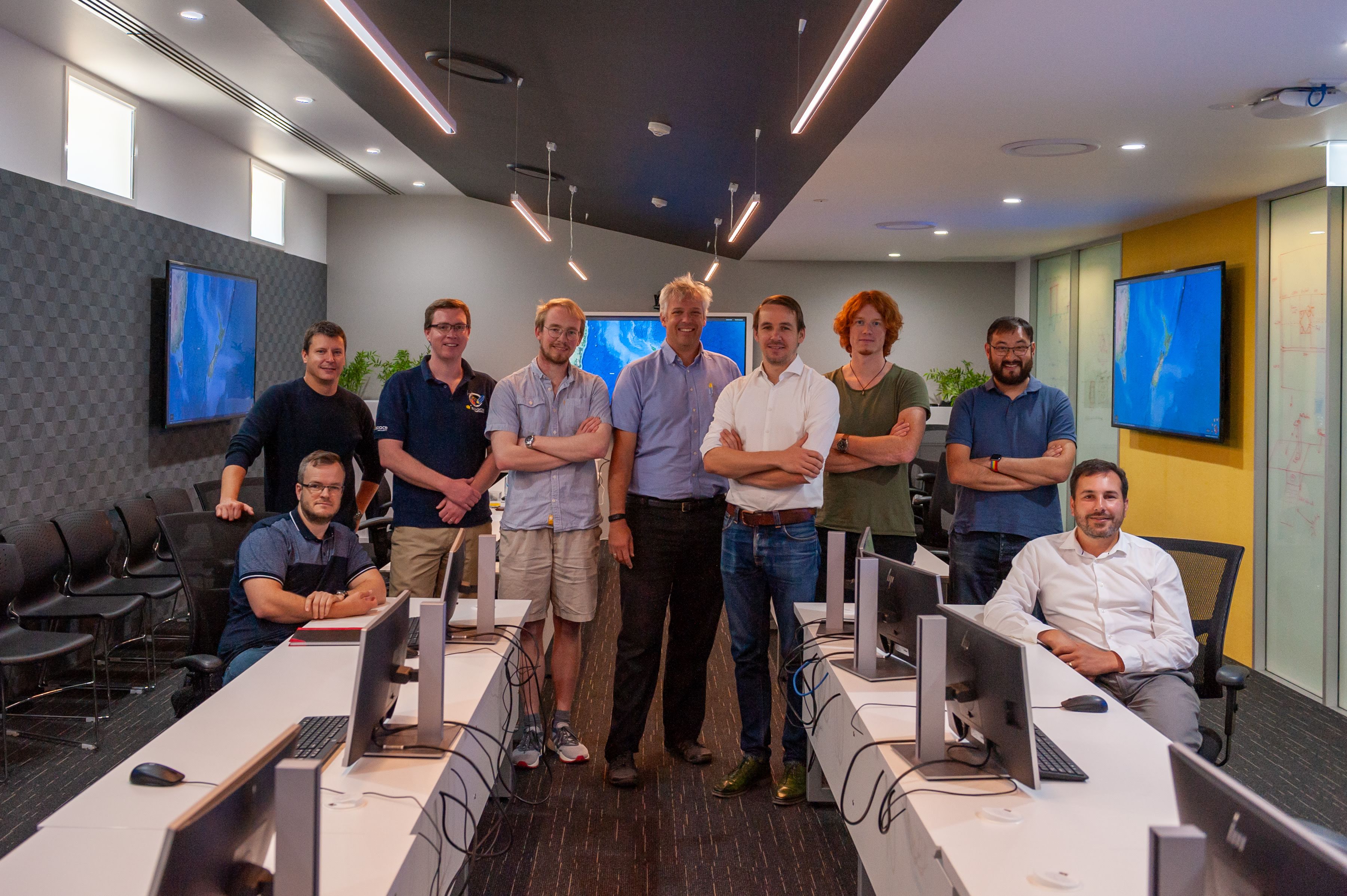For three years, the Australian National Concurrent Design Facility (ANCDF) at UNSW Canberra has provided the technology that enables the University to design space missions from start to finish.
Now, it’s attracting other research groups and the team from the University of Auckland (UoA) are among the first to give the ANCDF a test drive.
Like their counterparts at UNSW Canberra Space, the UoA researchers specialise in small satellites. They are working on new technology to monitor illegal fishing and whaling off the coast of New Zealand.
“Monitoring this huge space is quite difficult,” UoA researcher Dr Andrew Austin said.
“Radar is a good solution because it will work in inclement weather, it will work through clouds, it will work at night. There are existing radar satellites but they’re usually pretty big and pretty heavy. The idea with this one is we would miniaturise it.”
UNSW Canberra Space Systems Engineer Jan-Christian Meyer said the UoA had a preliminary idea for a payload that could achieve this.
“What they needed to know is whether this can be flown on a reasonably small satellite and how such a satellite could look like,” Mr Meyer said.
“In two days, our experts helped them confirm that a satellite mission is feasible, and we provided them with a list of open questions that have to be answered to actually build the hardware.”
As the name suggests, the ANCDF is a unique system that allows each member of the team to contribute their part to the project concurrently, speeding up the design process.
UoA researcher Dr Nicholas Rattenbury said the team has been able to make “huge strides” in the two days they have spent in Canberra.
“We’ve never been in a facility like this,” Dr Rattenbury said.
“We didn’t show up with a satellite design, that was developed here during these two days, which is quite extraordinary.
“Now we have a basic model for what the satellite could look like, the antenna that’s going to be deployed out of it, its performance on the ground, how often we need to download the data and those are all things that we will take with us going forward.”
Victoria University Wellington’s Robinson Research Institute is set to visit the ANCDF later this year to work on their project, while UNSW Canberra Space is currently preparing a study with the CSIRO on an upcoming satellite mission, which is set to be one of Australia’s largest.
Mr Meyer said while the design of space missions is the UNSW Canberra team’s strength, any multi-disciplinary problem can benefit from a concurrent engineering approach.
“Anyone can contact us and together we will work out a concept to best meet their needs,” Mr Meyer said.
“The ANCDF provides customers with a tailored combination of state-of-the-art hardware, satellite design software used internationally, a pool of experienced space experts in all relevant fields and the necessary guidance to make use of their time in the ANCDF.
“Each partner that wants to use the facility will be addressed individually based on their needs. We ask them where they are at in their development and where they want to go. We then give them a path to get there very efficiently.”
Armed with their initial design, the UoA researchers have headed back to Auckland to work on the next stage of their project. They will return to UNSW Canberra to finalise the design.

